By Tommy Clarkson from the May 2013 Edition
Cybistax (or Tabebuia) donnel smithii
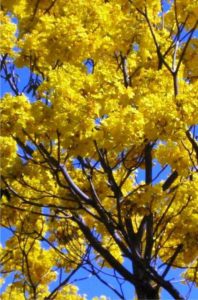
Family: Bignoniaceae (Also called: Gold Tree, Ipe, Trumpet tree, or White Mahogany)
This is one of nature’s most beautiful harbingers of a tropical spring! When the hills are splotched with thousands of bright and beautiful floral explosions of brilliant yellow, we may rest assured that the Primavera are generally announcing their cheerful enthusiasm for soon to come seasonal rains.
The vivid intensity of this showy, rainforest, canopy tree bedazzles folks in late winter or early spring before its leaves emerge. (The starkness of all of those flowers absent of leaves is, in itself, something most interesting to see.) And, sometimes, just to surprise us, it will flower, unexpectedly, at other times of the year gracing us with another display of these stunning masses of three to eleven centimeters wide, somewhat bell shaped, blossoms.
A member of the Catalpas, in the wild this magnificent deciduous tree grows up to over thirty meters in height with a trunk of three to four feet in diameter. Its whitish bark is relatively smooth with those wonderful yellow flowers presented in large panicles (loosely and irregularly branched clusters).
As one might expect, with origins in Mexico and Guatemala, it prefers full sun to partial shade. So attractive is this tree that, a number of years ago, it was introduced as an ornamental tree to Hawaii.
In its entirety, it is sometimes described as columnar in configuration. Its leaves are as much as 18 inches in width, circular, palmately compound, with five to seven ovate-oblong ten inch dark green leaflets. The seeds form in pods that are from 10 to 50cm long. But, the Primavera’s pride and joy its glorious flowers (beyond delighting the likes of we mere humans) are a particular favorite of butterflies, bees and hummingbirds.
Its wood is very hard and dense, as well as disease and insect resistant and in the past it was often used for fences or railroad ties. More recently it has been employed as a veneer, for furniture and as flooring. Primavera is among the very finest of woods for cabinetry but, because of over harvesting, is becoming increasingly rare. Traditionally, it was used by the indigenous peoples of the Amazon for making of their hunting bows.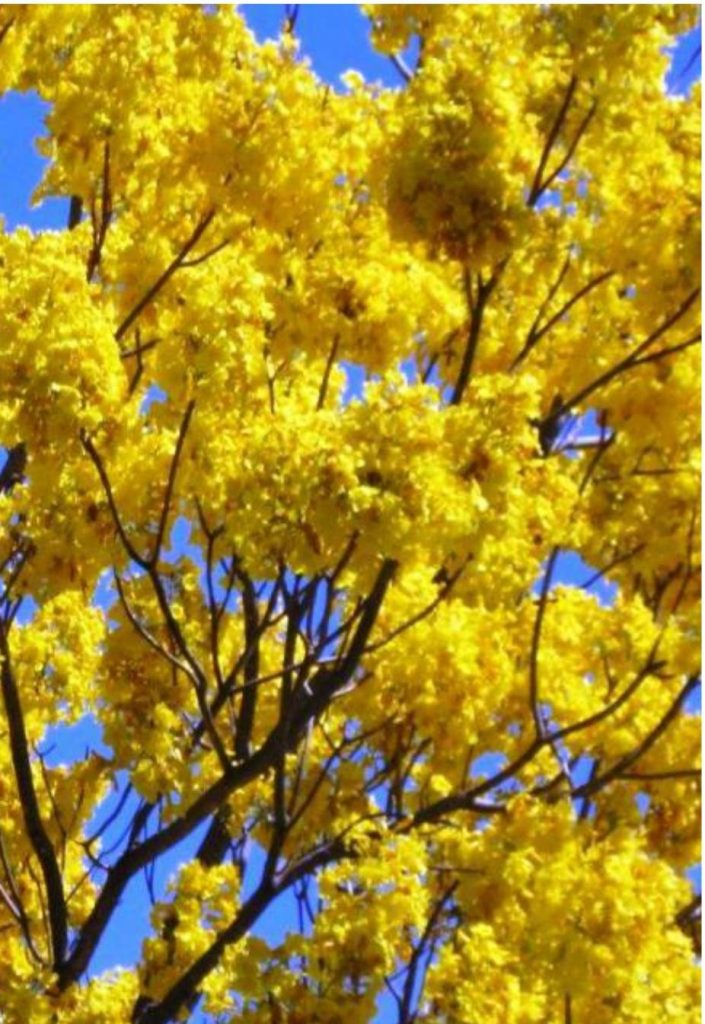
Although the tree is unrelated to true mahogany, it resembles it in being easy with which to work, is quite lustrous, and does not warp. Upon initially being cut, it is pale yellow. However, following exposure to air and light its color darkens to a yellowish rose streaked with red, orange, and brown.
Few of us have a yard, grounds, or a garden large enough for this wonderful tree. But we can savor its beauty when in full bloom from vistas on high. Do so and join me in marveling at this wonder of nature.
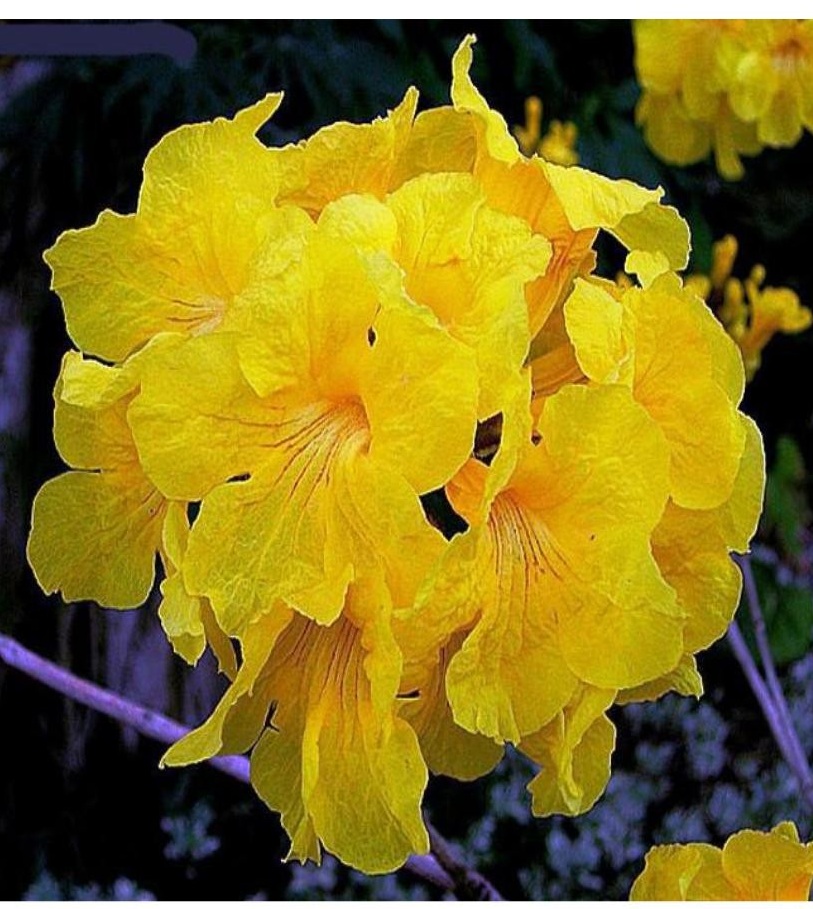
A bright and beautiful explosion of brilliant yellow!
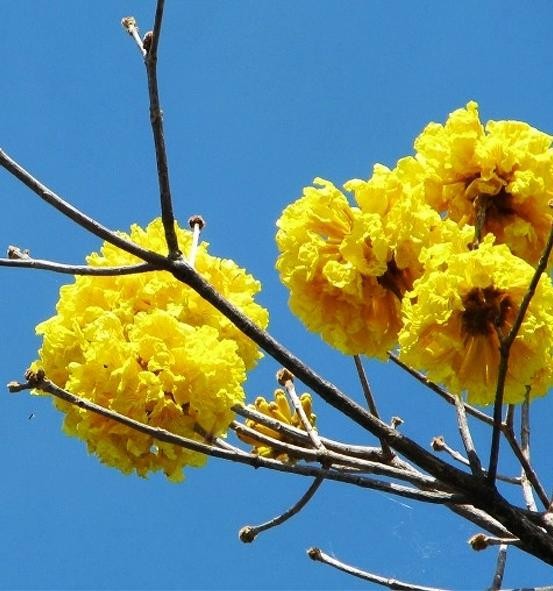
Download the full edition or view it online
—
Tommy Clarkson is a bit of a renaissance man. He’s lived and worked in locales as disparate as the 1.2 square mile island of Kwajalein to war-torn Iraq, from aboard he and Patty’s boat berthed out of Sea Bright, NJ to Thailand, Germany, Hawaii and Viet Nam; He’s taught classes and courses on creative writing and mass communications from the elementary grades to graduate level; He’s spoken to a wide array of meetings, conferences and assemblages on topics as varied as Buddhism, strategic marketing and tropical plants; In the latter category he and Patty’s recently book, “The Civilized Jungle” – written for the lay gardener – has been heralded as “the best tropical plant book in the last ten years”; And, according to Trip Advisor, their spectacular tropical creation – Ola Brisa Gardens – is the “Number One Tour destination in Manzanillo”.
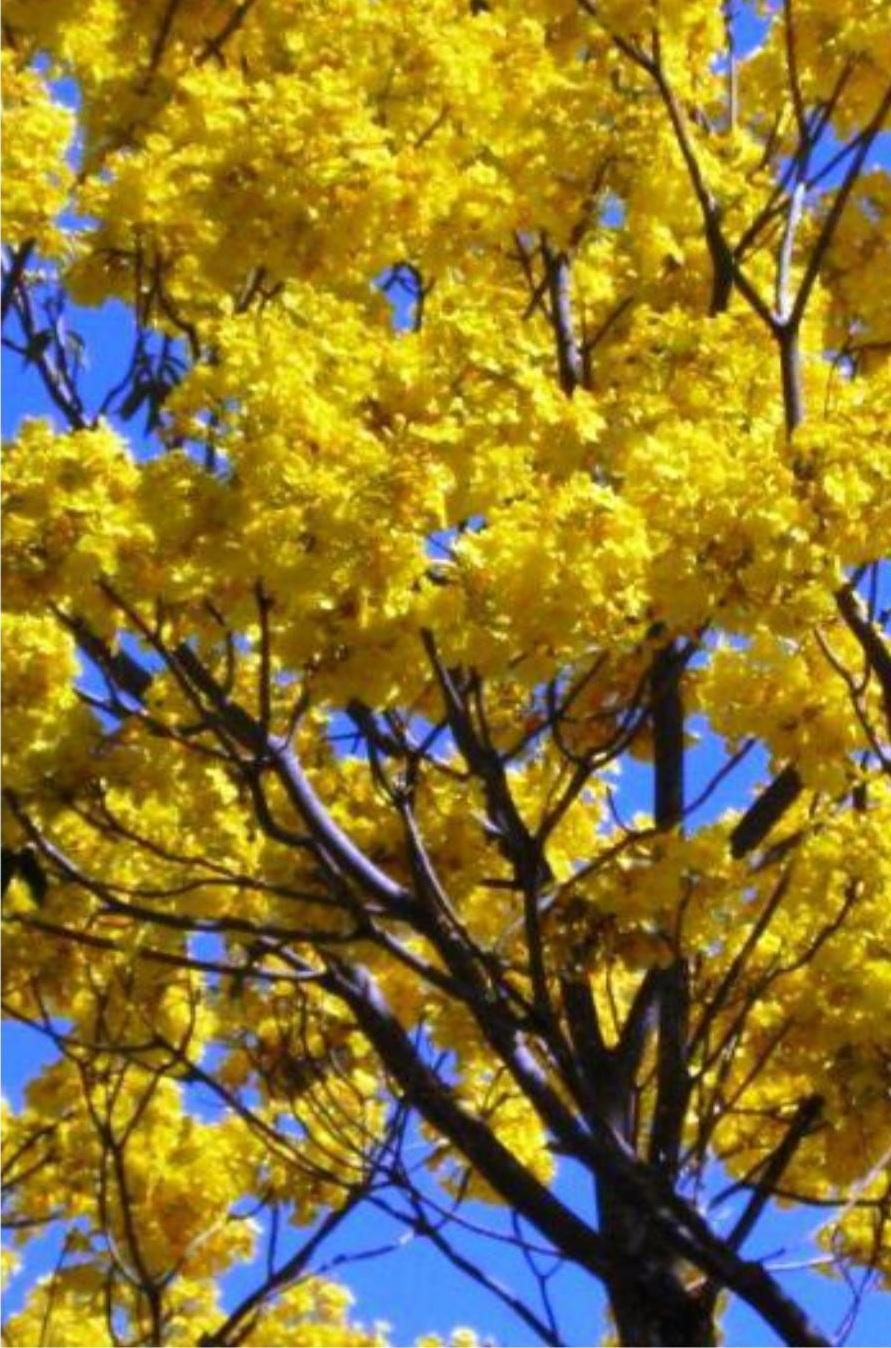

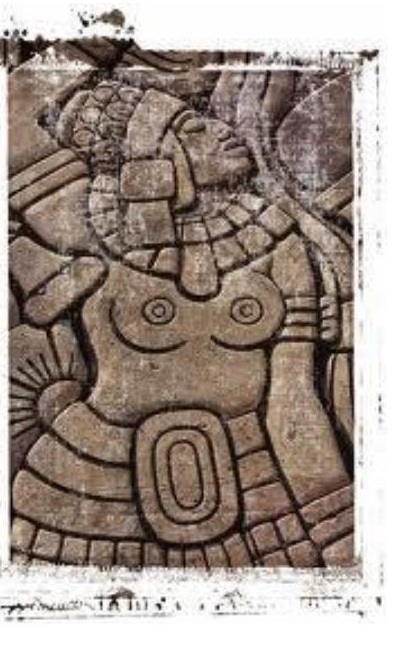
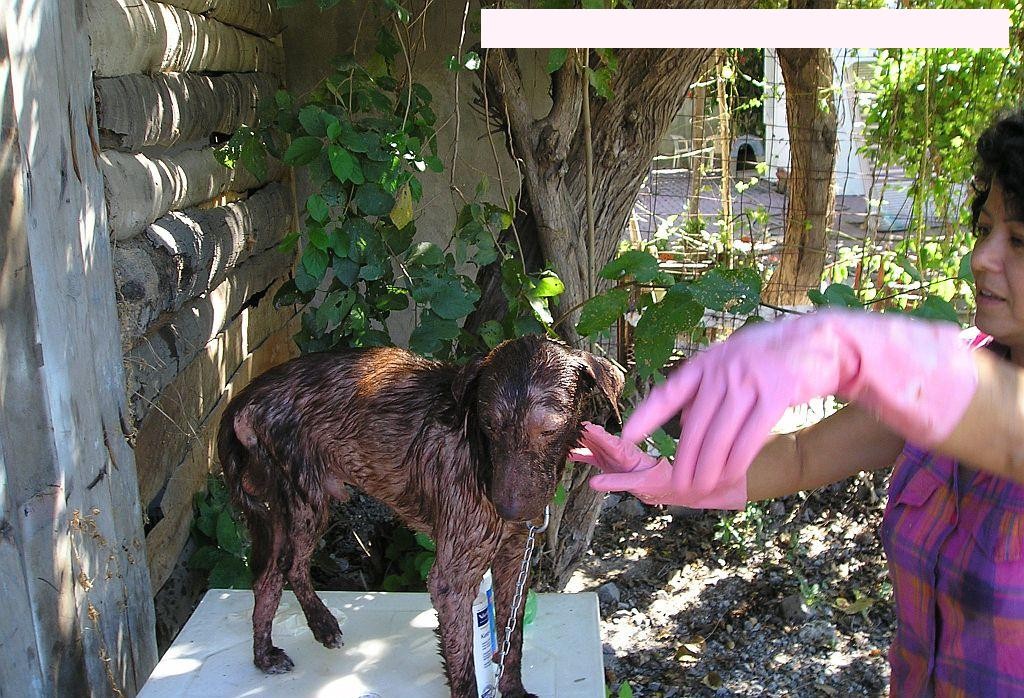
You must be logged in to post a comment.